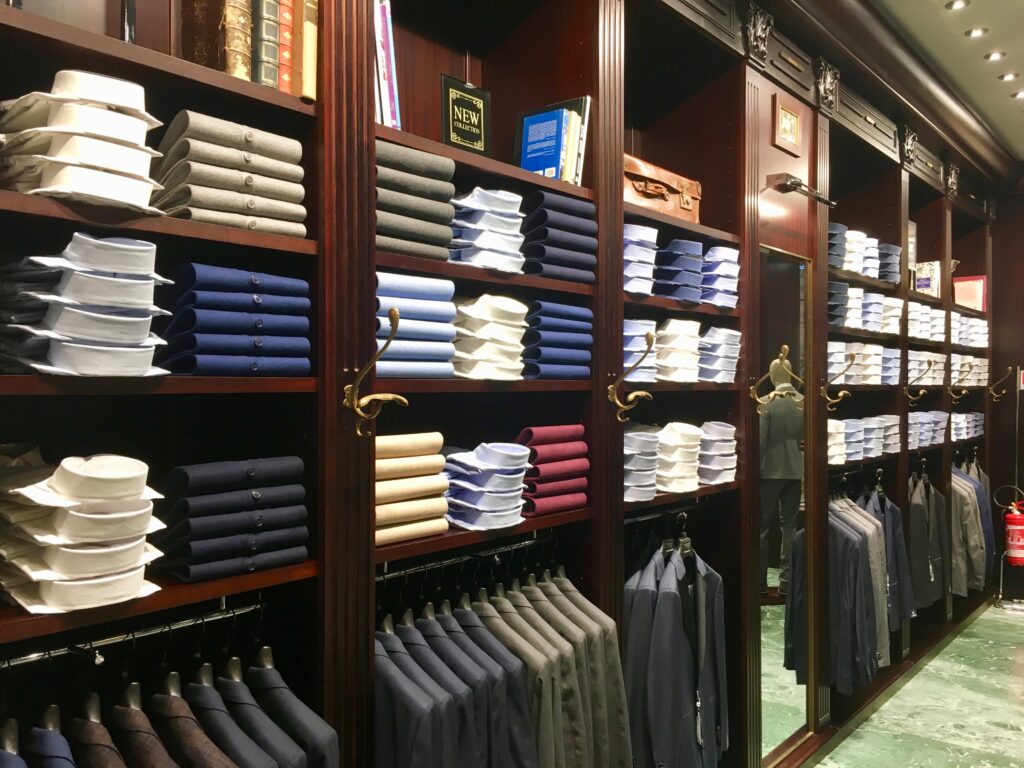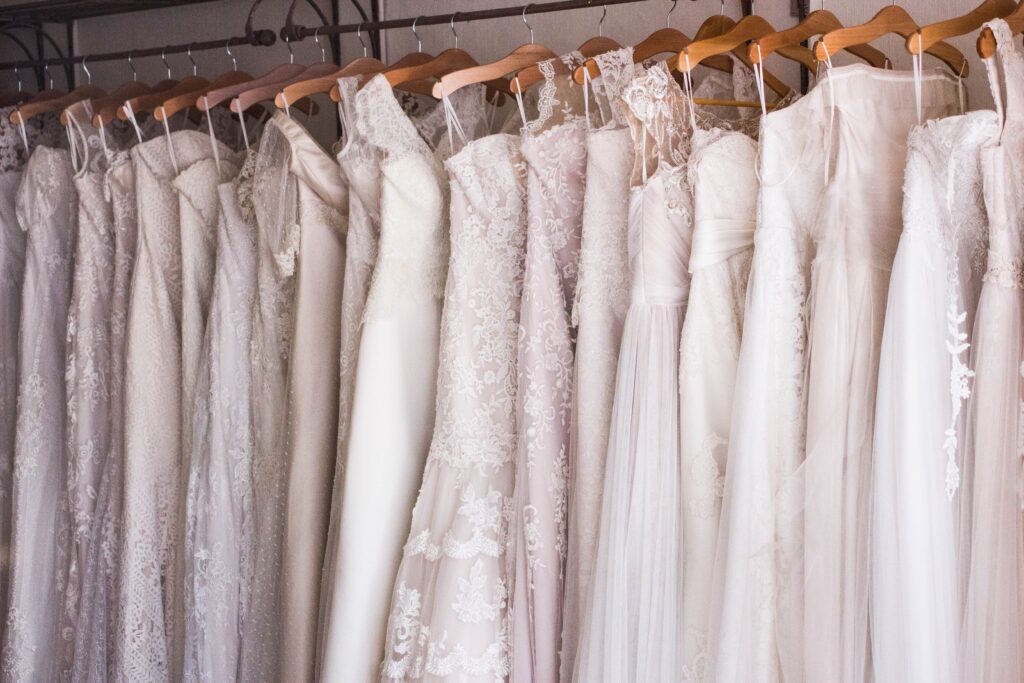“Dressing well is a form of good manners” ~ Tom Ford. For a lot of people, their clothes are a part of their identity. Their clothing communicates their values and worldviews and bears loads of sentimental value. As such, great care should be taken when moving clothes to avoid damage and maintain their original state. In the process of moving, some items of clothing may require more attention than others.
Such items of clothing include but are not limited to:
- suits
- wedding dresses
- formal gowns
- traditional wear
The packing, unpacking, and moving of clothes depends on the material, weight as well as occasion required for the clothes.
General instructions for moving suits

For suits follow the steps below:
- Place your folded jacket in the top of the bag where the hangers are usually gathered
- Put the hanged suit in a suit bag
- Place this on top of the outstretched pants. The plastic can prevent the cloth from scratching against itself, preventing wrinkles.
One can also inter-fold in the above technique, which involves layering suit trousers and inserting plastic bags between them. You can then place shorter items of clothing on the trousers then make the fold. By doing this, each garment acts as a protective layer for the next.
General instructions for moving wedding gowns and formal dresses

Wedding gowns and formal dresses are often made of satin, chiffon, georgette, and although uncommon, velvet. There are special non-acidic boxes made specifically for storage and transport of wedding gowns to maintain the dress’s crisp white color.
Follow these steps when packing dresses:
- Put on white gloves before you begin handling the dress.
- Remove the dress from any previous packaging from the dress such as plastic covers or hangers.
- Within the box, layer some newsprint around the edges.
- Use the inter-folding technique is in this packaging, the only difference being that the layers are of only one dress.
- Place some newsprint in between the layers.
- After making the necessary folds over the skirt, lie the bodice back over it And press down gently.
- Put some more newsprint over the top and press the dress down gently.
- Fold the excess newsprint over the dress and cover the box.
General instructions for moving traditional clothes
Traditional clothes also require attention to detail when packing. This is because traditional clothes often have intricate designs and uncommon patterns that require unconventional folding and preservation to maintain the qualities that set them apart. They may have ruffles, embedded jewelry, or color patterns that would require special attention.
Traditional clothes include African traditional dressing, Indian saris, or traditional Arabic robes. Female traditional attire is more often than not dresses. When packing a dress with pleats, follow these steps:
- Lay the dress down horizontally on a flat surface.
- Fold the skirt half of the dresses by following the pleated pattern and pay attention to detail.
- In the process of folding the skirt, pay attention to when the bodice begins to fold and turn it into itself.
- Place some newsprint or thin cardboard in between and inter-fold the bodice into the skirt.
The same can also be applied to male attire that follows evenly such as robes. In this case, the difference is that the folds are made at the neckline.
On arrival at the destination, carefully unpack the clothes and avoid any last-minute mishaps that may destroy the clothes. Carefully transfer the clothes to their permanent storage space.

The above steps ensure the safe and secure moving of special clothing items. Fore-planning will ensure ease in following the above steps, ensuring the clothes are packed and moved while remaining in a pristine state. By following the above steps, you will have a great and stress-free move.











